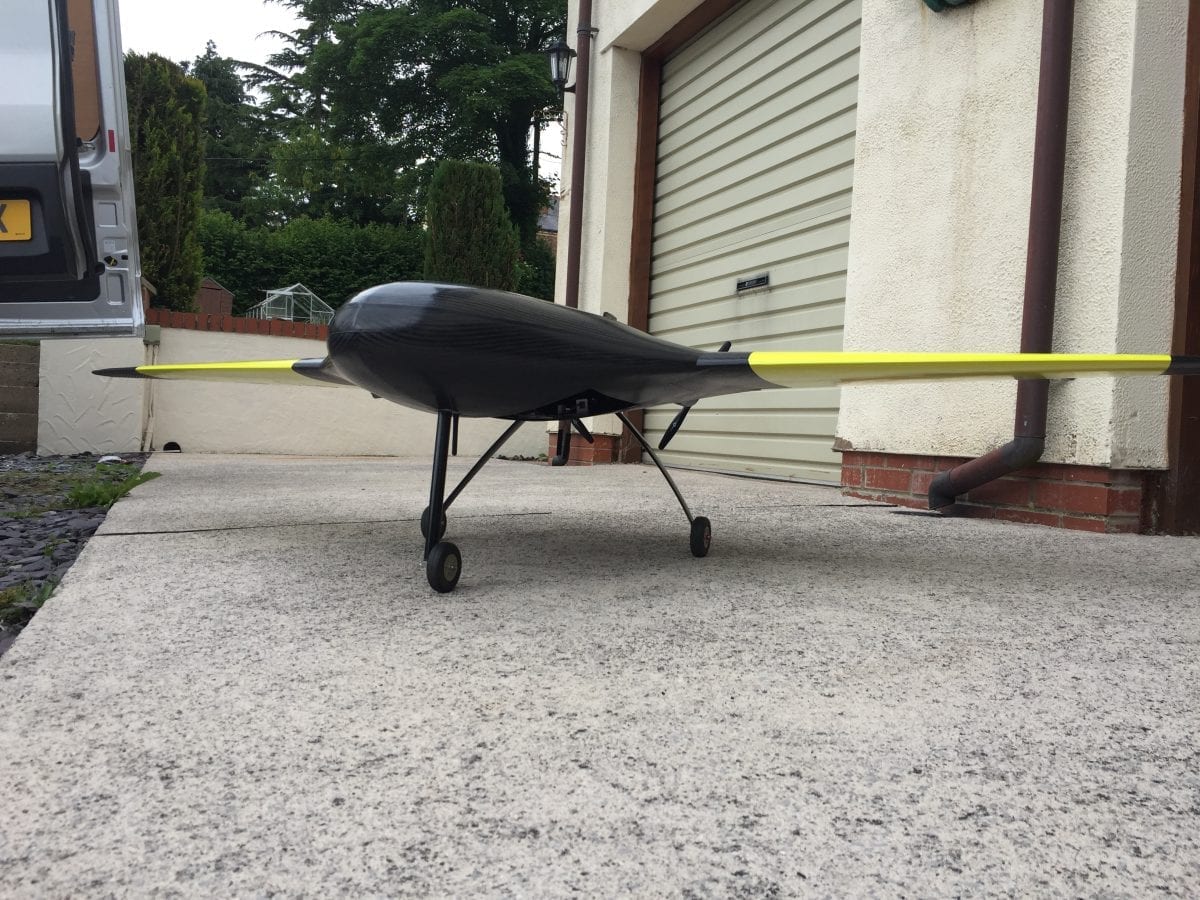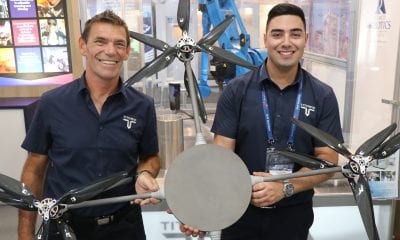News
UCL and Ogle Models and Prototypes Create 3D Printed UAV for Unmanned Aircraft Systems Challenge
3D Printing News Briefs reports about a student team from University College London (UCL) had to design, manufacture, and operate an unmanned aircraft for their entry in the Unmanned Aircraft Systems Challenge, which is held by the Institution of Mechanical Engineers and designed to develop and inspire the next generation of engineers.
The aircraft was required to complete several tasks simulating a humanitarian mission. The team faced trouble regarding endurance wind tunnel testing of their prototype would need pressure taps in order to sample air distribution across it.
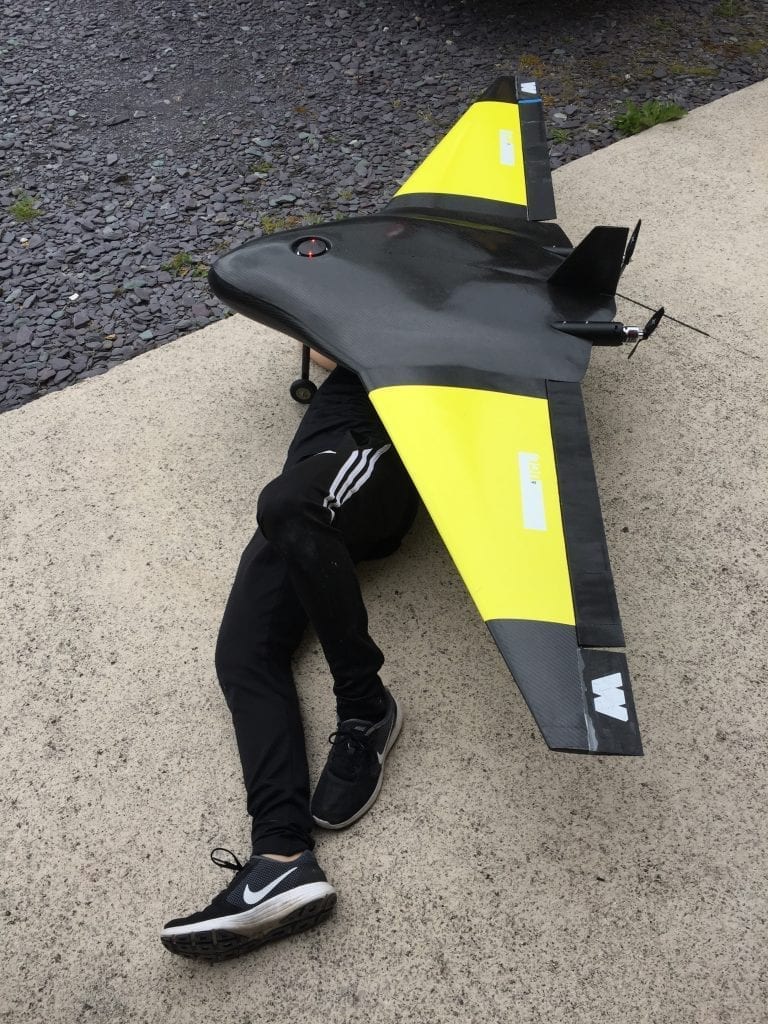
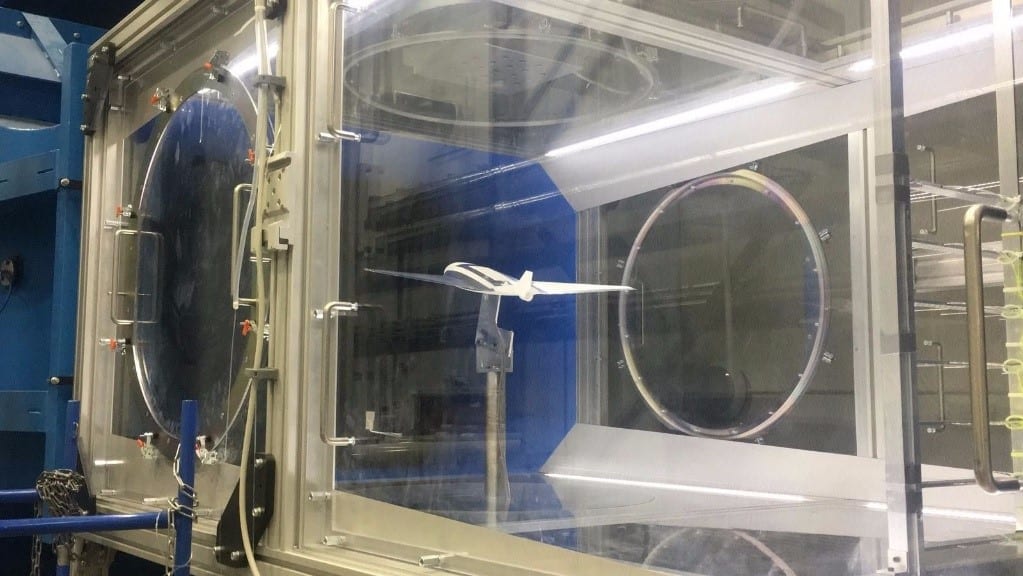
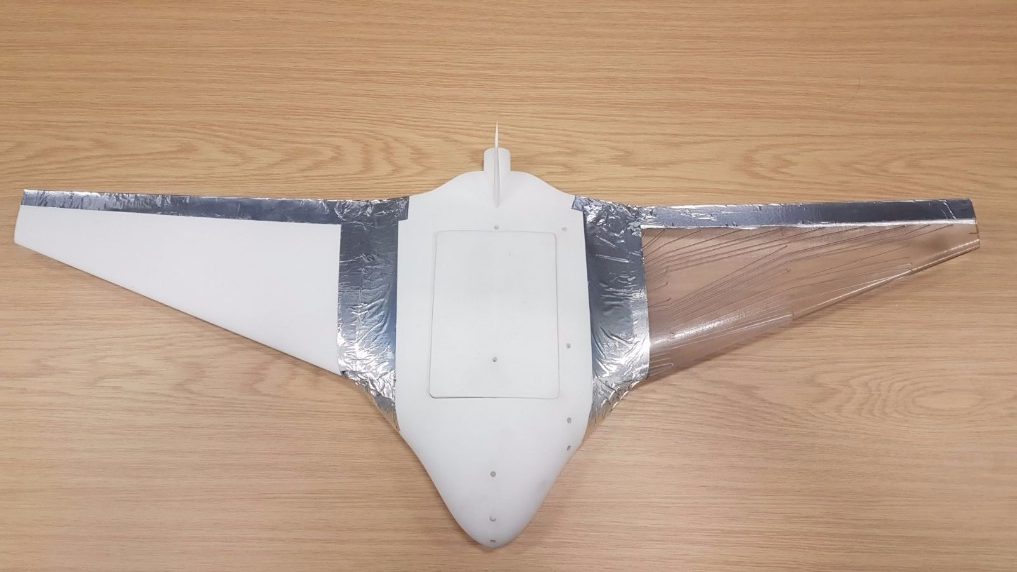
This is where Ogle chipped in; the prototyping company Ogle Models and Prototypes has a history of helping student university teams with their competition projects. Ogle recommended stereolithography SLA 3D printing for the job so the students could lower costs by building the taps within the model.
“The accuracy of industrial SLA ensured that the complex geometry of the scaled-down aerodynamic surfaces was replicated with precision. For clarity reasons, the team chose ClearVue resin, which allowed the pressure tapping pathways to be seen on the finished model,” explained Matt White, Senior Sales Engineer at Ogle. “UCL is regarded as one of the best institutions in the country when it comes to training tomorrow’s mechanical engineers and we were only too happy to help when the team approached us,” he added.
The tailless, blended-wing aircraft body made of carbon-fibre reinforced polymer with endurance for wind tunnel testing is expensive to produce, since it involves pressure tapping to sample the distribution of the air across the prototype. “Following the wind tunnel testing, the results converged across a range of angles of attack and yaw positions.
Pressure plots taken from the taps validated the aerodynamic properties of the design, which would not have been possible without Ogle’s expertise,” commented Sam Hiscox, team leader for the project. “With the computational fluid dynamics simulations validated, the team received their design report, for innovative use of materials and manufacturing techniques in creating a wind tunnel model.”
The accuracy of the (SLA) 3D printing technology meant the team could precisely negotiate the complex geometries, while 3D Systems’ ClearVue resin was harnessed so the pressure tapping pathways could be seen on the finished model.
The UCL team eventually reached the final stages of the aerospace competition.

